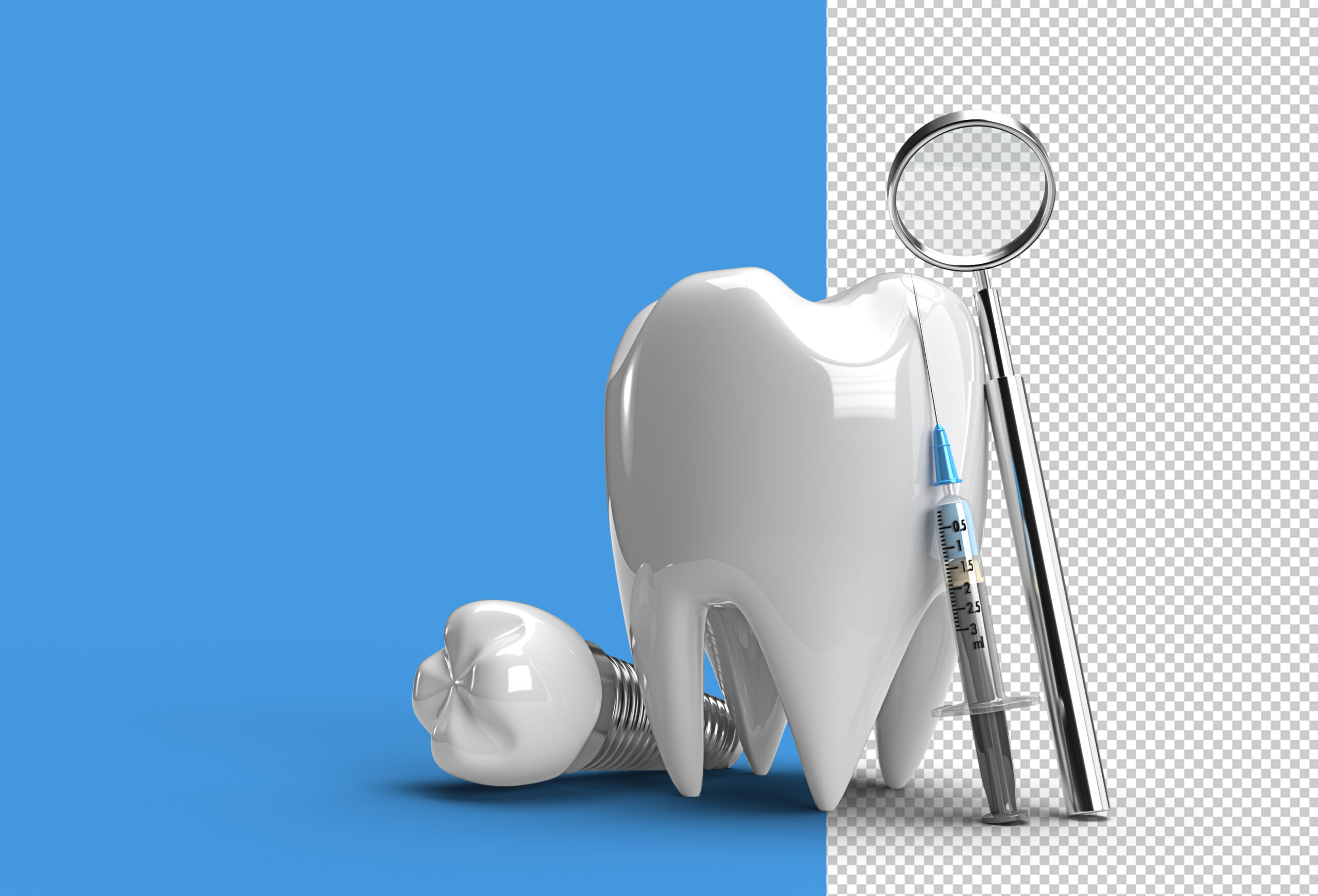Breast cancer is a prevalent and potentially life-altering disease that affects millions of women worldwide. It is crucial to have a comprehensive understanding of its causes, symptoms, and treatment options to empower individuals with the knowledge they need for early detection, effective treatment, and improved outcomes. We will delve into the intricate aspects of cancer, shedding light on its origins, recognizing its symptoms, and exploring the diverse treatment approaches available.
Causes of Breast Cancer
While the exact causes of breast cancer are not always clear, several risk factors have been identified. Genetics play a significant role, as individuals with a family history of cancer are at an elevated risk. Mutations in the BRCA1 and BRCA2 genes are particularly associated with an increased likelihood of developing both breast and ovarian cancers. Hormonal factors, such as early menstruation, late menopause, and hormone replacement therapy, can also influence breast risk. Other factors like obesity, excessive alcohol consumption, and exposure to ionizing radiation may contribute to the development of breast cancer.
Symptoms and Early Detection
Being aware of the symptoms of breast cancer is essential for early detection and timely treatment. Common signs include:
Lump or Thickening: A lump or thickening in the breast tissue or underarm area.
Change in Size or Shape: Changes in the size or shape of the breast.
Pain or Discomfort: Pain or discomfort in the breast without an apparent cause.
Skin Changes: The breast skin displaying redness, indentation, or puckering.
Nipple Changes: Changes in the nipple, such as inversion or discharge.
Swelling: Swelling in all or part of the breast.
Regular self-exams and routine mammograms are vital for early detection. Women are encouraged to perform monthly self-exams and schedule regular mammograms based on their age and risk factors.
Treatment Options
Treatment for breast cancer varies based on factors such as the stage of cancer, the type of breast cancer, and the patient’s overall health. Common treatment options include:
- Surgery: Frequently, surgery serves as the primary approach in addressing breast cancer, potentially encompassing tumor removal through lumpectomy or complete breast removal via mastectomy.
- Radiation Therapy: High-energy rays are employed in radiation therapy to specifically target and eradicate cancer cells.
- Chemotherapy: Chemotherapy involves using powerful drugs to kill cancer cells or stop their growth.
- Hormone Therapy: Hormone therapy blocks hormones that fuel certain types of breast cancer.
- Targeted Therapy: Targeted therapies target specific molecules involved in cancer growth and progression.
- Immunotherapy: Immunotherapy boosts the body’s immune system to fight cancer cells.
The Importance of Early Detection
Early detection remains the cornerstone of effective breast cancer treatment. Regular self-exams, clinical breast exams by a healthcare provider, and mammograms are essential for identifying any abnormalities in the breast tissue. When detected early, breast cancer is often more treatable and associated with better outcomes.
Conclusion
Understanding breast cancer is crucial for early detection and effective treatment. By being aware of risk factors, recognizing symptoms, and staying informed about the latest advancements in treatment options, individuals can take charge of their health and well-being. Regular screenings, open communication with healthcare providers, and a proactive approach to breast health are essential steps in the fight against breast cancer. As research and medical science continue to advance, there is hope for improved treatments, increased survival rates, and ultimately a world without the devastating impact of cancer.
With ongoing research and medical advancements, the outlook for cancer patients continues to improve. It’s essential to stay informed, practice regular screenings, and prioritize a healthy lifestyle to reduce the risk of developing this disease. Breast cancer may be formidable, but with knowledge and proactive healthcare, it is a challenge that can be overcome.




